KANA KITTY
BUTOH
"Shadow of Movement"
In the aftermath of World War II, Japan found itself at a crossroads of identity and expression. Amidst this transformative era, Butoh emerged—a dance form that delved into the depths of human emotion and the complexities of existence. Today, Kana Kitty, a Tokyo-based Butoh dancer, carries this avant-garde legacy into the contemporary realm, intertwining the past with the present in her evocative performances.
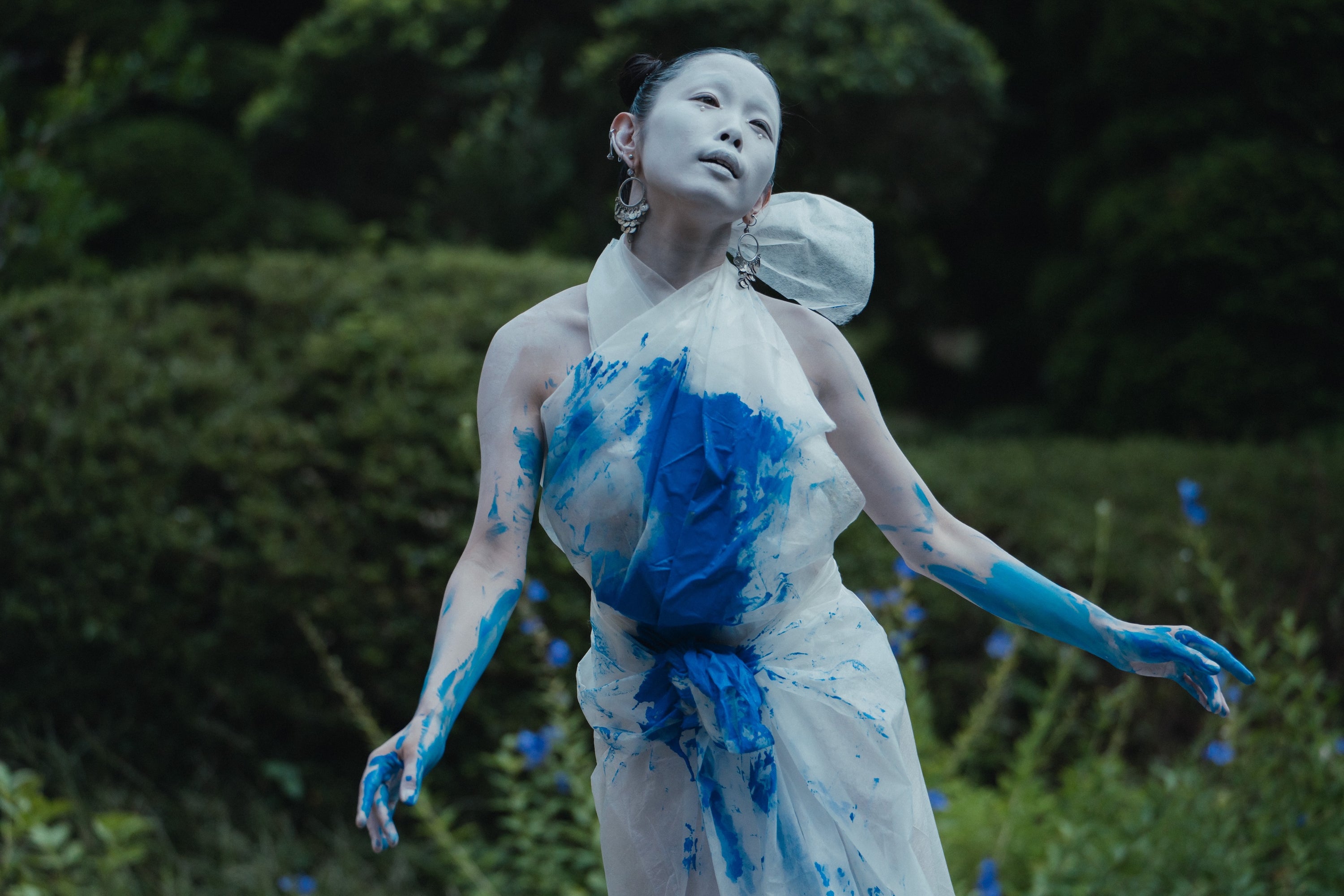
PROLOGUE
Butoh is a visceral response to cultural trauma and rapid modernization, rejecting both Western ballet and classical Japanese forms. Often termed the "dance of darkness," Butoh was conceived by Tatsumi Hijikata and Kazuo Ohno in the late 1950s. The dance unfolds in slow, controlled gestures, exploring themes of death, transformation, and rebirth. Performers frequently paint their bodies white, using minimal sets to strip away artifice and focus entirely on emotional truth. At its core, Butoh is less about aesthetics and more about embodiment—a spiritual and psychological excavation expressed through movement.
Butoh stood as a stark departure from traditional Japanese dance, embracing raw, often grotesque movements to convey the intricacies of the human condition.
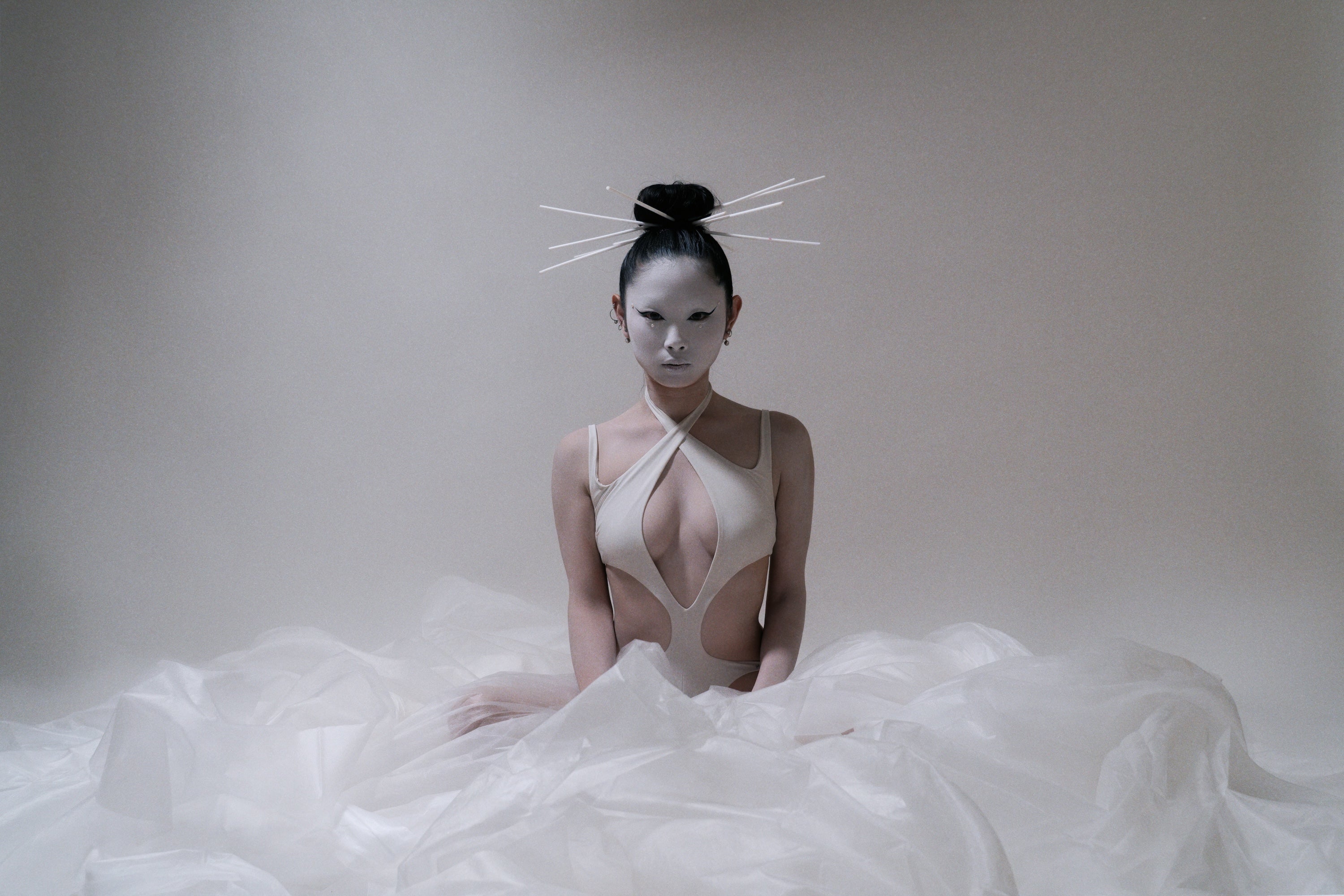
“We use our ancient farmers’ body. The gravity is really down.”
Kana reflects on its origins: "Butoh was born in the '50s, right after the war. Everything was burned. There was nothing—just a field. And that body, the Japanese body, was waking up, standing up. That’s how my mind’s eye sees early Butoh dancers." In her own journey, Kana embodies this resurrection. Her performances are not mere routines but explorations into the psyche, challenging perceptions and evoking introspection. She emphasizes the significance of grounding in her art: "We use our ancient farmers’ body. The gravity is really down." This connection to the earth and history is palpable in her movements, as she channels the weight of cultural memory through her form.
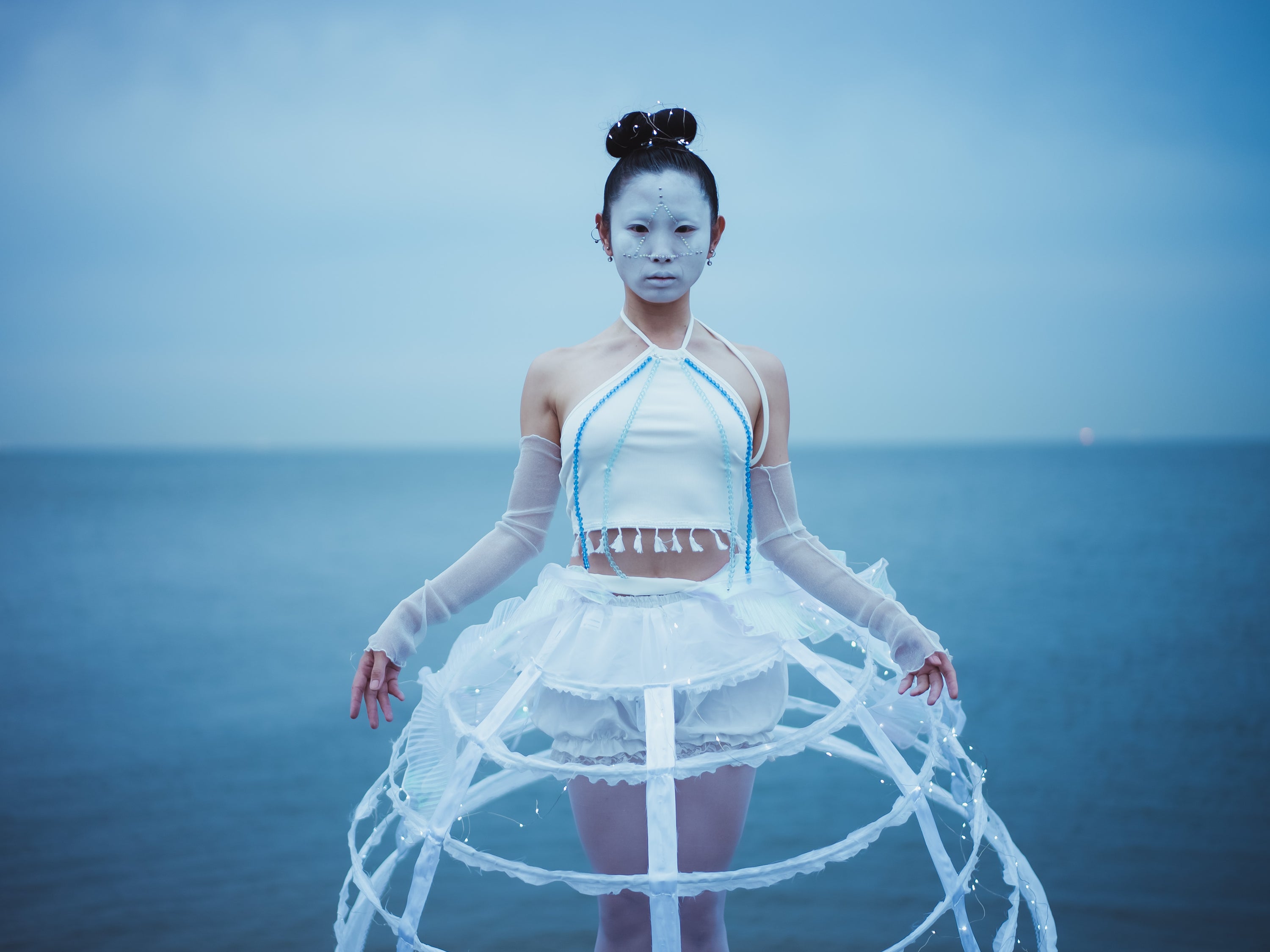
“The most honest way I can express myself. Butoh lets me become something else, something more than myself...”
Beyond the physicality, Kana delves into the spiritual essence of Butoh. She describes it as "the most honest way I can express myself. It lets me become something else—something more than myself, it’s hard to explain. It’s like I disappear, and something else comes through me." This transcendence is central to her performances, inviting audiences to witness a metamorphosis that blurs the lines between the dancer and the dance. In a rapidly modernizing world, where traditions often fade into obscurity, Kana Kitty stands as a testament to the enduring power of Butoh. Through her dedication, she not only preserves this profound art form but also redefines it, ensuring its resonance for generations to come.
Rather than serving as a fixed style, Butoh continues to evolve as a living inquiry—malleable, searching, and deeply personal. Kana Kitty’s work is a reminder that the body can serve as both archive and oracle, holding ancestral echoes while gesturing toward futures yet imagined. In her hands, Butoh becomes less about preservation and more about reinvention, resisting definition while insisting on presence. It asks not just to be watched, but to be felt—beneath the skin, beyond the surface. And in that asking, it remains urgently alive.
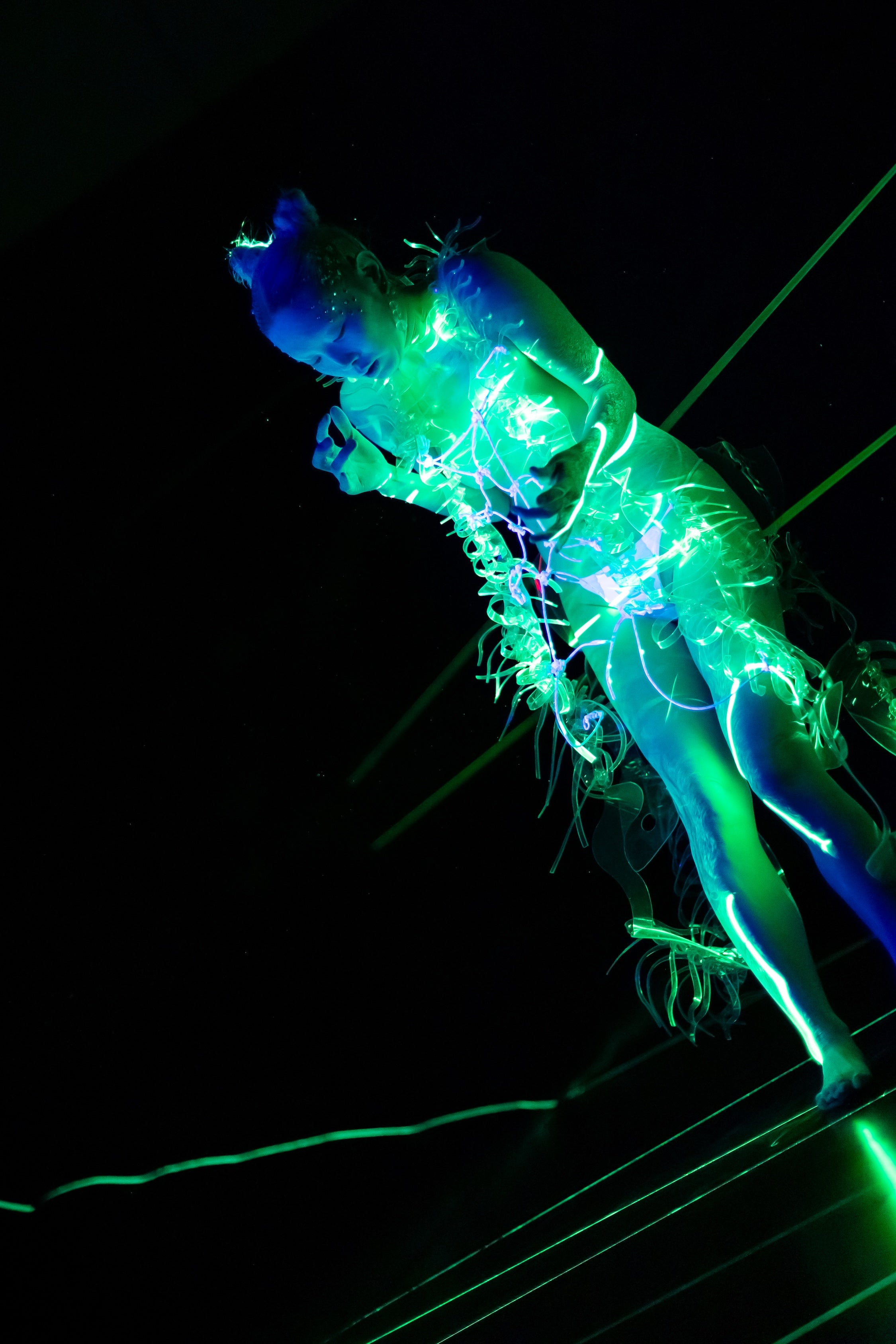
“It’s hard to explain... it’s like I disappear, and something else comes through me."
“That body, the Japanese body, was waking up, standing up. That’s how my mind’s eye sees early Butoh dancers.”
NEXT ARTIST

PHOTOGRAPHER
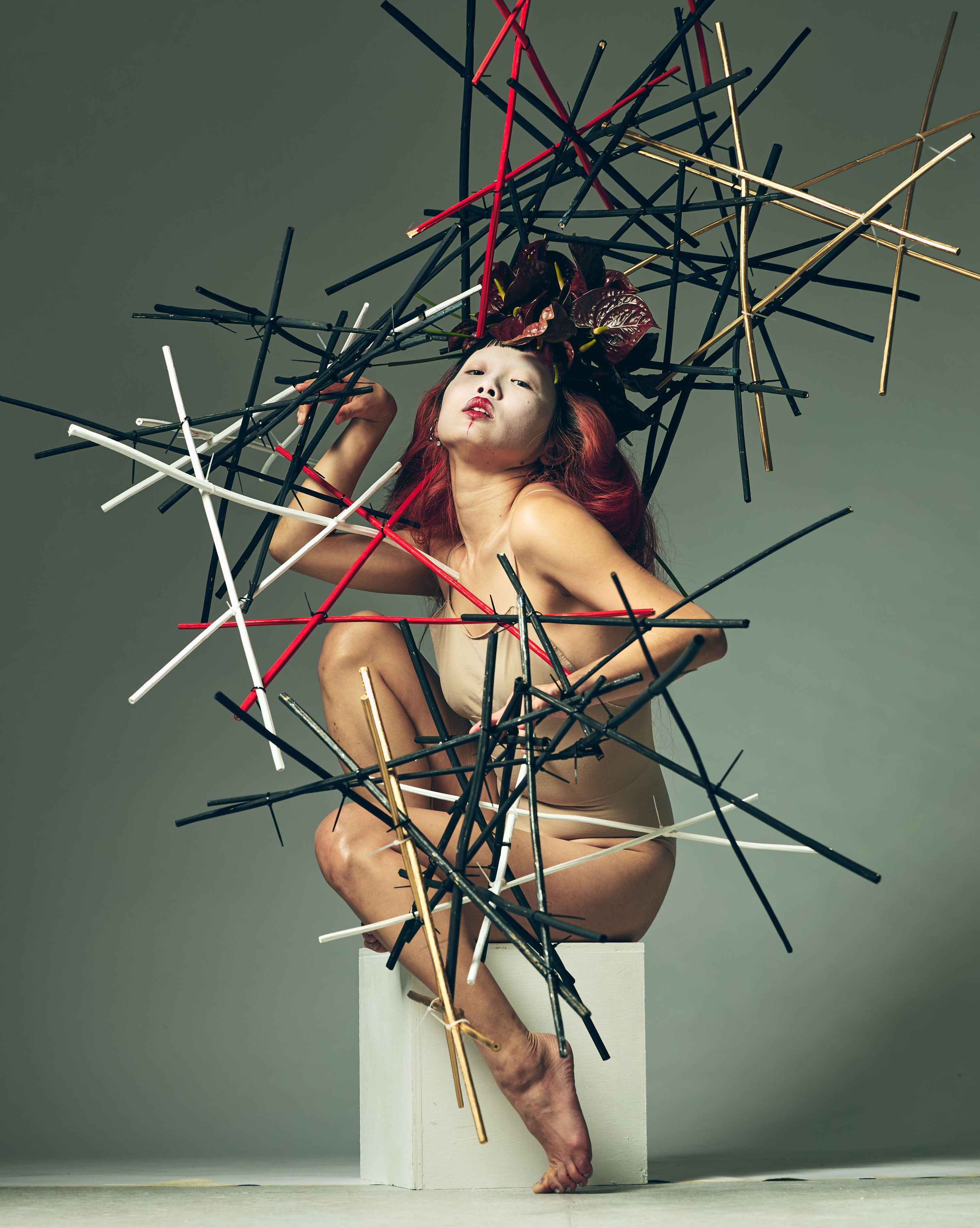
CULTIVATOR
TBD
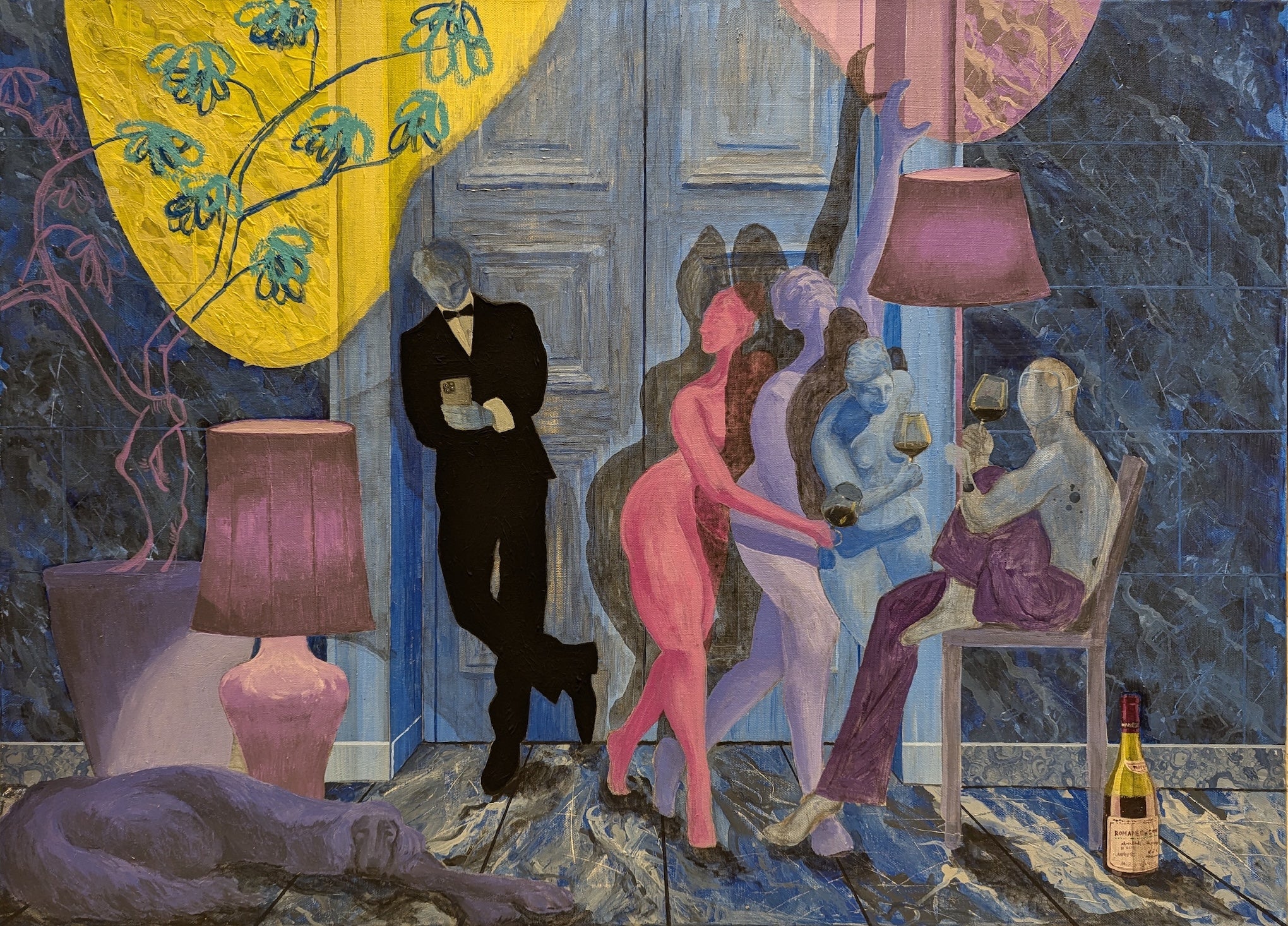
FINE ARTIST













